A Strategic Showdown: The Hungarian Grand Prix
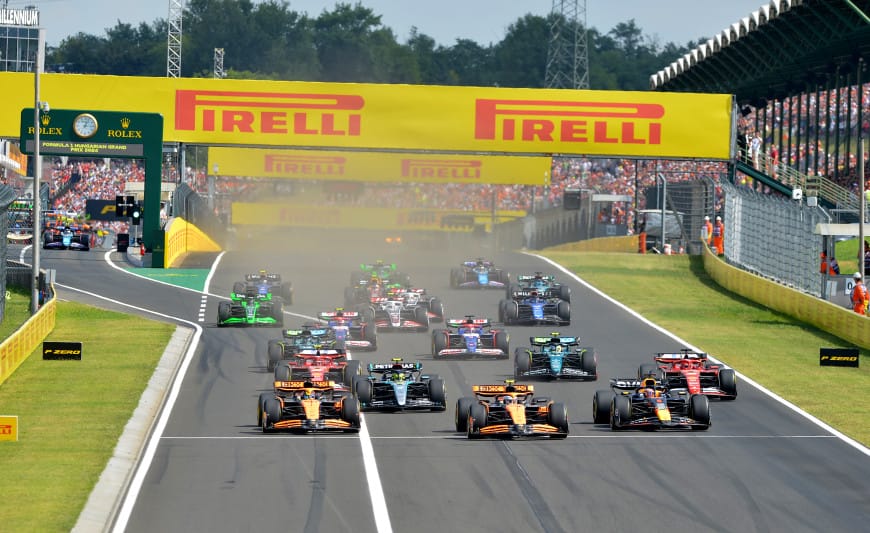
The Hungaroring, with its tight and twisting layout, is often referred to as "Monaco without the walls". It's a circuit where grid position is the most important and overtaking is notoriously difficult; think back to Esteban Ocon's maiden victory in 2021. The 2025 Hungarian Grand Prix, the final race before the traditional summer break, was a weekend of high drama that defied expectations. From a surprising qualifying pole to a strategic fluke and a championship battle that went down to the final laps, the race delivered a thrilling spectacle that sets the stage for an explosive second half of the season.
Qualifying
Leclerc's Surprise Pole
Saturday's qualifying session at the Hungaroring was a tactical battle where every tenth of a second mattered. With track evolution at a premium and the narrow confines punishing even the slightest error, the session was a high-stakes affair. The outcome was a shock to many, as Ferrari, after a challenging few races, delivered a stunning performance with one of their cars, while the seemingly dominant McLarens were relegated to the second and third positions.
A Glimmer of Hope: Leclerc's Brilliant Pole
Charles Leclerc, who had shown flashes of pace but also signs of frustration in recent weeks, delivered a brilliant lap of 1m 15.372s to secure a surprise pole position. The Monegasque driver's performance was a much-needed shot in the arm for Ferrari, who had been struggling to match the pace of the McLarens and Red Bulls. His pole position was not a commanding one, beating Oscar Piastri by a mere 0.026s, but on a track where grid position is everything, it was a victory in itself.

Somehow Ferrari managed to find pace in Hungary, a track that seems to suit their car, much like Monaco. The track relies on mechanical grip, a strength of the SF-25, and Leclerc's lap was a masterclass in car control and precision. It came out of nowhere, it was pure driver effort at peak track evolution.
McLaren's Near Miss
While Ferrari celebrated, the McLaren camp had to settle for second and third on the grid. Oscar Piastri, the current championship leader, qualified second, just a blink of an eye behind Leclerc, while his teammate Norris was a further 0.015s back in third. The result was a slight surprise, as many had predicted McLaren to lock out the front row. The team's performance, while still very strong, highlighted the thin margins at the top of the sport at the moment.

The narrative here was twofold. Firstly, it underscored the incredible competitiveness of the McLaren drivers, who are pushing each other to new heights. The fact that both were within a few hundredths of a second of the pole-sitter showed their consistent pace. Secondly, it set up a tantalising strategic battle for the race. With the two McLarens starting directly behind Leclerc, the first lap was going to be crucial. Would they work together to pressure the Ferrari, or would their individual championship ambitions take over? The stage was set for a classic showdown.
Aston's Stunning Turnaround and Red Bull's Struggles
Beyond the front row, the qualifying session was defined by two very different stories. Aston Martin, after a disastrous showing at the Belgian Grand Prix, delivered a sensational performance. Fernando Alonso, despite his ongoing back injury, qualified an impressive fifth after splitting the McLarens in Q2, with his teammate Lance Stroll just behind him in sixth. This marked a stunning turnaround for the team. Just like Ferrari, it seems the AMR25 loves a high-downforce setup.

Conversely, Red Bull had a difficult session. Verstappen, a perennial front-runner, could only manage eighth. The RB21 seemed to lack the necessary grip and balance to compete at the front. Verstappen's frustrations were palpable, as he struggled to find a comfortable setup all weekend. His teammate, Yuki Tsunoda, had an even worse time, qualifying a dismal sixteenth, which led to a pitlane start after a power unit change. The reigning champions seemed to be facing a genuine performance deficit at a circuit that has traditionally suited their car.
Hamilton's Misery
Lewis has had perhaps the roughest start to a new team in his career. Mercedes may have been a midfield team in 2013, but Lewis knew that going into it. Ferrari, on the other hand, have been capable of winning races since the regulation change in 2022, so he probably expected to be fighting at the front and building the team for a championship push. Despite the win in the Sprint at the Chinese Grand Prix, Lewis has had a handful of reasonable results and a handful of disasters. After his successful comeback in Belgium, Hungary was the latter.

Hamilton dropped out of qualifying in Q2, failing to make Q3 in back-to-back races, only managing twelfth place. He commented on the radio, saying it's "always me", and that he was "absolutely useless", finishing his media debrief stating Ferrari had a "good car" since Leclerc was on pole and that they instead "probably need to change driver". It's the most upset Hamilton has been in front of the cameras since Abu Dhabi 2021, walking back to the garage with his helmet on and head down.
Qualifying for the 2025 Hungarian Grand Prix was a session of high-stakes drama and unexpected outcomes. Charles Leclerc's brilliant pole position was a much-needed morale boost for Ferrari, while McLaren's second and third places set up a fascinating strategic battle. The stellar performance of Aston Martin and the struggles of Red Bull added further intrigue to a grid that was promising a wide-open race. The stage was set for a classic Hungaroring showdown, with a tight championship battle and multiple teams vying for a spot on the podium.
Race
Strategy, McLaren Clash, and Ferrari Disaster
Many outlets are calling Sunday's race at the Hungaroring a strategic masterclass, or a 70-lap chess match between the championship protagonists. But not this media outlet, we call it as we see it here at Ahead at the Apex, and Sunday's race was a gamble that luckily paid off. If it hadn't paid off, we'd all be here calling McLaren and Norris stupid for risking a podium.
Norris' One-Stop Gamble
The race began with Leclerc, Piastri, Norris, Russell, and Alonso barreling down to turn 1 in a tight-knit group. Leclerc had the lead, but the two McLarens were focused on each other. Norris had the weakest start of the top five, which saw him fall behind Russell and Alonso. This poor start allowed him to make the gamble that inevitably won him the race. The race's turning point came during the first round of pit stops. While Leclerc and Piastri opted for the more traditional two-stop strategy, too busy focusing on each other, Norris and his engineer decided to gamble on a one-stop.
Norris' decision to stay out longer on his first set of tyres allowed him to gain a significant advantage. The Briton's tyre management was pretty good, and he was able to maintain a fast pace on worn tyres. When he finally pitted on lap 31, he rejoined the race ahead of Leclerc and Piastri, who had already made their second stops. The gap was around nine seconds, and from that point on, it was a battle of attrition.

Piastri, on fresher tyres, began a relentless charge in the final 20 laps, closing the gap lap by lap. He was within a second of Norris in the closing stages, and on the penultimate lap, he made a lunge into turn 1, only to lock up and narrowly avoid contact. Norris held on, winning the race by 0.698 seconds. It makes a change that he was able to cope under pressure, only a week prior he made several mistakes as the pursuer. The victory was Norris' fifth this season and McLaren's 200th Grand Prix win, making them only the second team to achieve this after Ferrari. It also cut Piastri's championship lead to just 9 points heading into the summer break, a huge psychological boost for Lando.
The Ferrari Puzzle
For polesitter Charles Leclerc, and many Ferrari fans at home (including this author), the race was a story of hope and heartbreak. He had held a comfortable lead for the first half of the race, even pulling a gap to Piastri behind, but his pace dropped off dramatically in the final stint. The Ferrari pit wall had put him on a two-stop strategy, but his final set of tyres simply did not perform. Leclerc's radio messages were something of an essay:
"I can feel what we discussed before the race... we need to discuss those things before doing them. We are going to lose this race with these things. We are losing so much time. This is so incredibly frustrating, we've lost all competitiveness. You just have to listen to me, I would have found a different way of managing those issues. Now it's just undriveable. Undriveable. It's a miracle if we finish on the podium."
He did indeed lose the podium to George Russell after some pretty horrendous defensive driving, finishing a disappointing fourth, a result that left both the driver and the team searching for answers. Post-race, the team confirmed they would be investigating a "chassis" issue, but no clear explanation was forthcoming. An even more baffling statement from Team Principal Vasseur emerged after the race:
"I must say that the situation was quite strange... the last stint was a disaster... honestly we don't know exactly what's happened so far. It means we have to investigate."

However, it didn't take long for "experts" on the internet to put the pieces of this puzzle together, and it's clearly a systematic problem with the Ferrari, as it has haunted them since China. The theory, as it is yet to be confirmed by Ferrari, was sparked by George Russell after the race. Russell suggested Ferrari were forced to increase Leclerc's tyre pressures in the final stint to manage their plank wear, outlining that Ferrari were using an engine mode specifically run to care for the plank in a statement after the race:
“They were running the car too close to the ground and they had to increase the tyre pressure for the last stint, using an engine mode which makes the engine slower at the end of the straight, which is where you have the most amount of plank wear.”

Anthony Davidson analysed Leclerc's race in detail and noticed the sparking at the start, a telltale sign that the car was running low:
"Straight away off the line, I am watching for plank wear potential on the Ferrari. Look at the sparks thrown up even at moderate speed through Turn 1… Sparking is a tell-tale sign that the car is low. If they’re boosted pressures, it plays havoc with grip."

The theory was compounded by former F1 strategist Bernie Collins, who said that if Russell's theory were true, it would be a clear "preventative measure" to avoid potential disqualification. Whatever the cause, Ferrari are not going to admit it publicly and we are never going to get definitive answers. Leclerc apologised to the team after the race, and said he maybe "spoke to quickly."
In the other Ferrari, a poor weekend continued for Lewis Hamilton, who was unable to gain any positions during the race from his starting position. A lack of pace, and the presence of traffic pinned the 7-time champion to twelfth place. His only real moment of excitement was a near-collision with former rival Max Verstappen, as the two launched into turn 4, with the Brit forced wide. The stewards launched an investigation, but representatives from Ferrari claimed there was no contact and they did not push for a penalty.
Aston Martin's Performance Continues
Aston Martin continued that pace from Saturday when race time came. Belgium was a painful weekend, but the green cars were quick from the first laps in Friday practice. Both Alonso and Stroll stuck to their guns with the one-stop strategy, almost dividing the race distance in two. Alonso immediately settled in behind Russell in fourth and kept a good steady pace, not over-defending from Bortoleto behind, and not worrying about the top four coming through after their stops. Lance drove a mature race also.

It's been a while since they scored any significant points, but Alonso's fifth place, and Stroll's seventh, meant that Aston Martin brought home 16 points going into the summer break, launching them up the standings into sixth place. Fifth is their best result of the year, and marked the 13th time Alonso has scored in Hungary in the last 14 events. The only problem with their performance is that the team have no idea why they were strong, so it might not happen again all season.
Leclerc's Angry Showdown
The race also featured an excellent battle for the final podium spot between George Russell and Charles Leclerc. Russell, who had started fourth, made a late-race charge, taking advantage of Leclerc's struggles. The battle was feisty, with both drivers pushing to the limit. The stewards even noted an incident where Leclerc's erratic driving led to him receiving a five-second time penalty. Russell's eventual third-place finish was a huge boost for Mercedes, marking their first podium since the Canadian Grand Prix and a much-needed shot of confidence for the team.

What was the biggest factor in Norris's win? His strategy, or his tyre management? Let us know your thoughts in the comments! For more in-depth analysis of the race, subscribe to our blog!
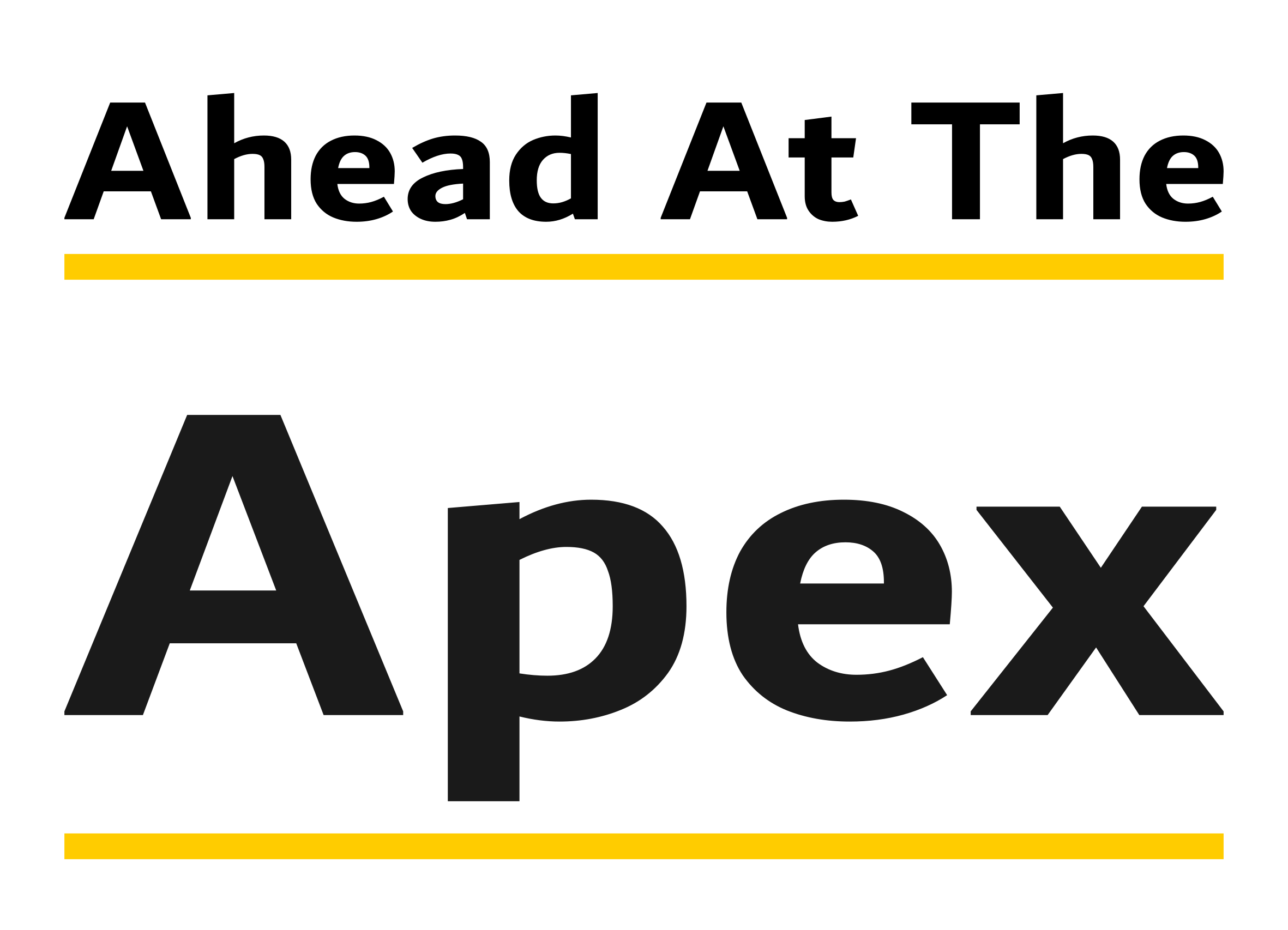
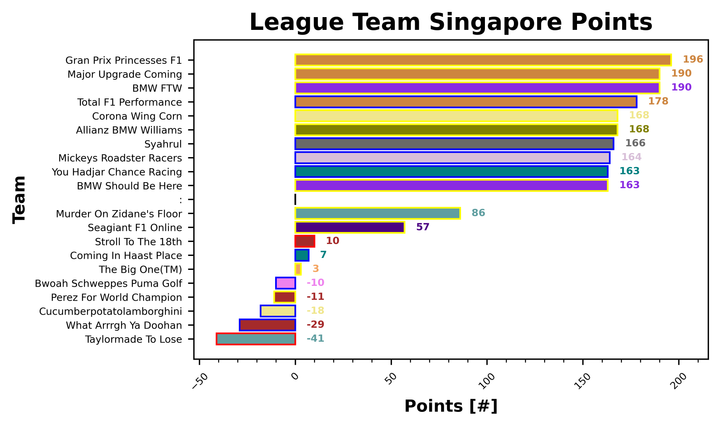
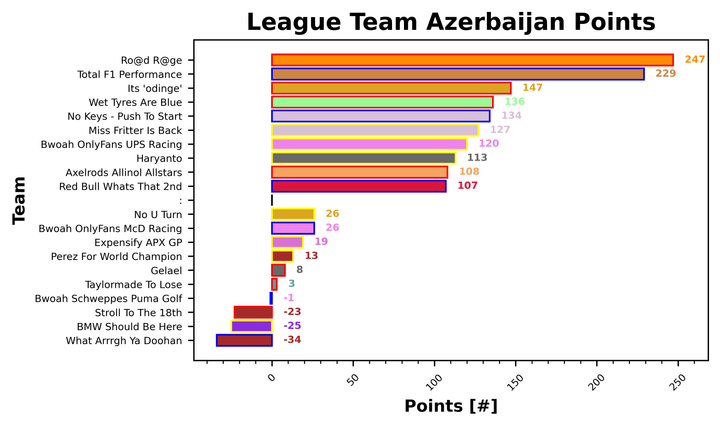
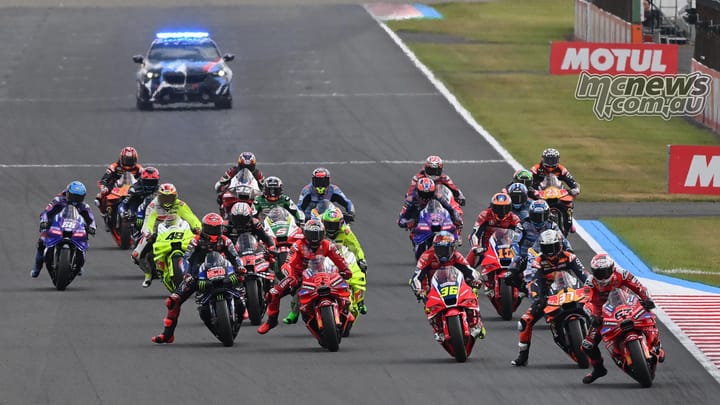
Comments ()